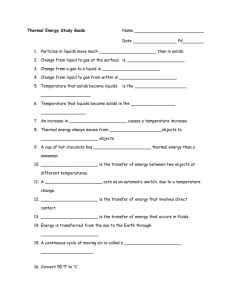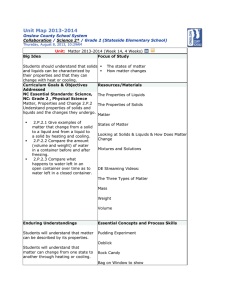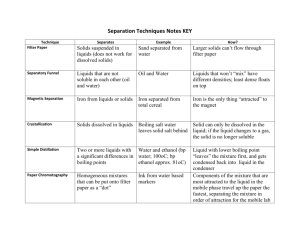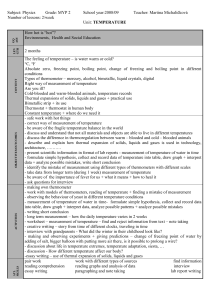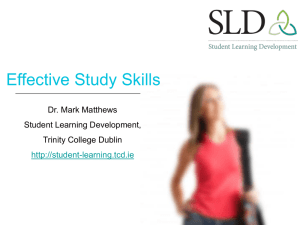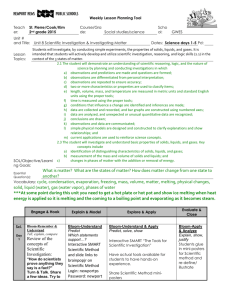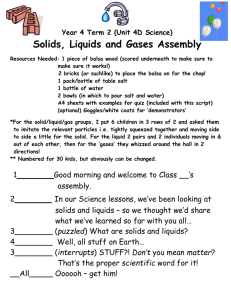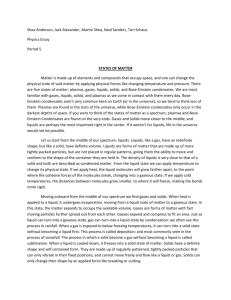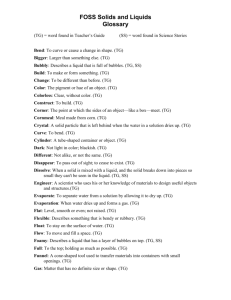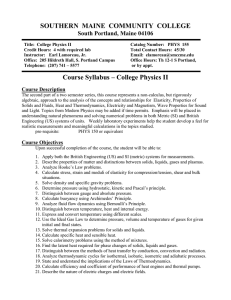Physics_5
advertisement
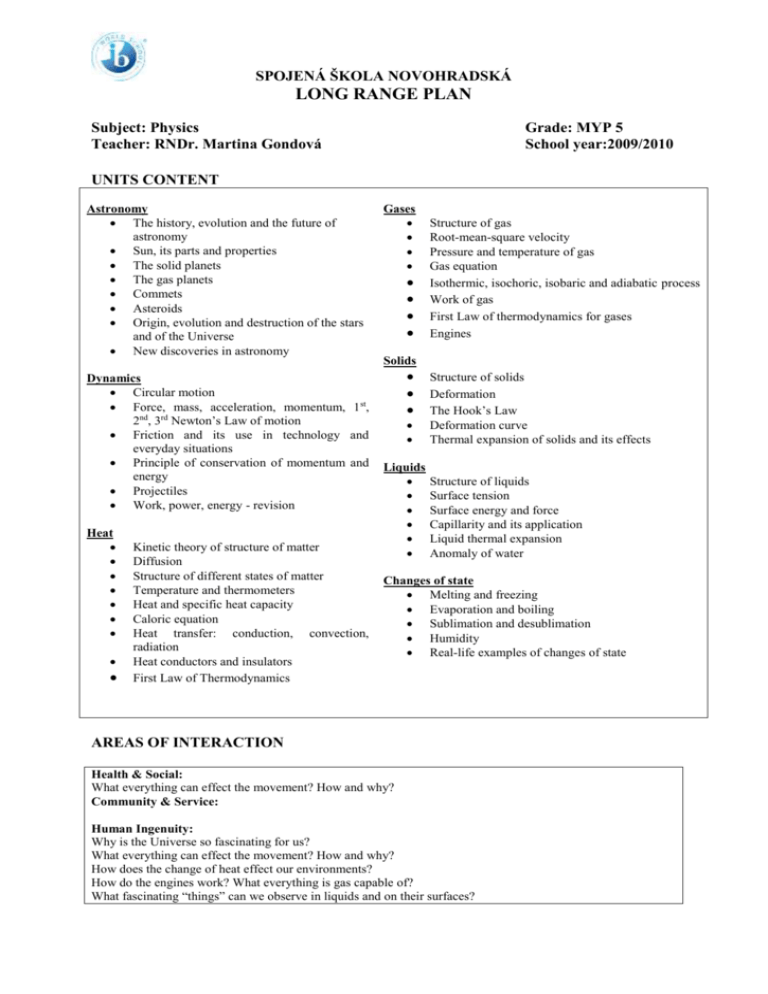
SPOJENÁ ŠKOLA NOVOHRADSKÁ LONG RANGE PLAN Subject: Physics Teacher: RNDr. Martina Gondová Grade: MYP 5 School year:2009/2010 UNITS CONTENT Astronomy The history, evolution and the future of astronomy Sun, its parts and properties The solid planets The gas planets Commets Asteroids Origin, evolution and destruction of the stars and of the Universe New discoveries in astronomy Dynamics Circular motion Force, mass, acceleration, momentum, 1st, 2nd, 3rd Newton’s Law of motion Friction and its use in technology and everyday situations Principle of conservation of momentum and energy Projectiles Work, power, energy - revision Heat Kinetic theory of structure of matter Diffusion Structure of different states of matter Temperature and thermometers Heat and specific heat capacity Caloric equation Heat transfer: conduction, convection, radiation Heat conductors and insulators First Law of Thermodynamics Gases Structure of gas Root-mean-square velocity Pressure and temperature of gas Gas equation Isothermic, isochoric, isobaric and adiabatic process Work of gas First Law of thermodynamics for gases Engines Solids Liquids Structure of solids Deformation The Hook’s Law Deformation curve Thermal expansion of solids and its effects Structure of liquids Surface tension Surface energy and force Capillarity and its application Liquid thermal expansion Anomaly of water Changes of state Melting and freezing Evaporation and boiling Sublimation and desublimation Humidity Real-life examples of changes of state AREAS OF INTERACTION Health & Social: What everything can effect the movement? How and why? Community & Service: Human Ingenuity: Why is the Universe so fascinating for us? What everything can effect the movement? How and why? How does the change of heat effect our environments? How do the engines work? What everything is gas capable of? What fascinating “things” can we observe in liquids and on their surfaces? How can we change the shape of solids by force and by changing of temperature? Environments: Why is the Universe so fascinating for us? How does the change of heat effect our environments? What fascinating “things” can we observe in liquids and on their surfaces? INTERCULTURAL AWARENESS How and why do scientists of the whole world cooperate on big scientific ideas in CERN? SOURCES Our main sources are going to be New Physics for You and Physics 1 and 2, but we are going to use some other sources too.
